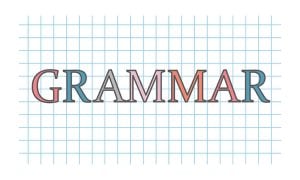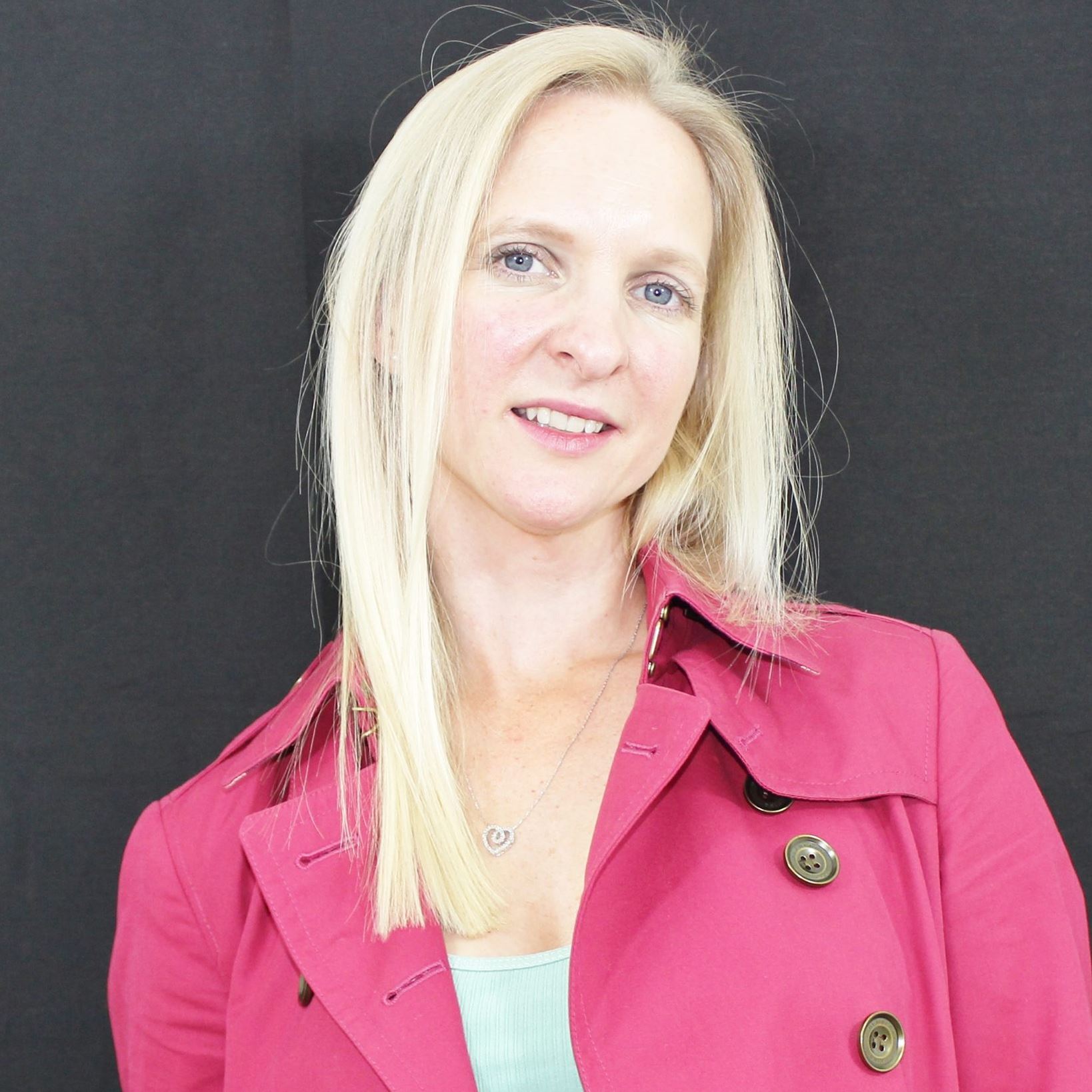
In this ESL grammar lesson, students learn how and when to use the Present Simple or Present Continuous tenses, the difference between them and common Adverbs of Frequency used with present forms.
Introduction
The student reads a message paying special attention to the tenses. They identify the tenses in the text – Present Simple and Present Continuous, and try to explain their use.
Present Simple vs. Present Continuous
The use and structure of both tenses are explained and exemplified. This is followed by an exercise in which the student fills in the gaps using Present Continuous forms and then, one with Present Simple.
In another exercise, the student needs to circle the correct form of the verb – Present Simple or Present Continuous in each sentence.
Reading and grammar practice: Email of request
The student completes an email of request for information using the correct forms of the verbs in brackets.
Reading 2: Dave’s new job
The student reads about Dave’s new job and answers reading comprehension questions. Then, they complete a dialogue between Dave and his new boss with the correct verb forms.
Video: Daily habits of successful people
After watching a video in which they learn about daily habits of successful people, the student answers the question based on the video by filling in the gaps using the new vocabulary. These new words are then extracted for the student to match them with their synonyms.
Adverbs/expressions of time
The student matches adverbs and expressions of time with their synonyms and then uses them to complete the story of a woman’s daily routine.
Revision: tenses and adverbs of frequency
The student completes the sentences using Present Simple and Present Continuous verb forms as well as adverbs of frequency.

Past Perfect Simple
This Grammar ESL lesson is designed for adult learners to understand and apply…

Using the present to talk about the past
In this ESL Grammar lesson, students will learn about using the Present Simple to refer…

Participle clauses
In this ESL Grammar lesson, the student will learn about participle clauses.
They…


